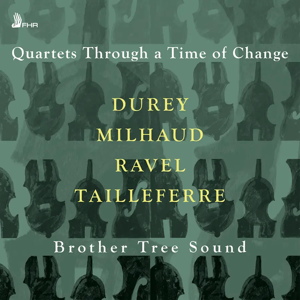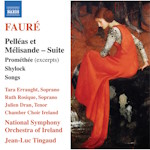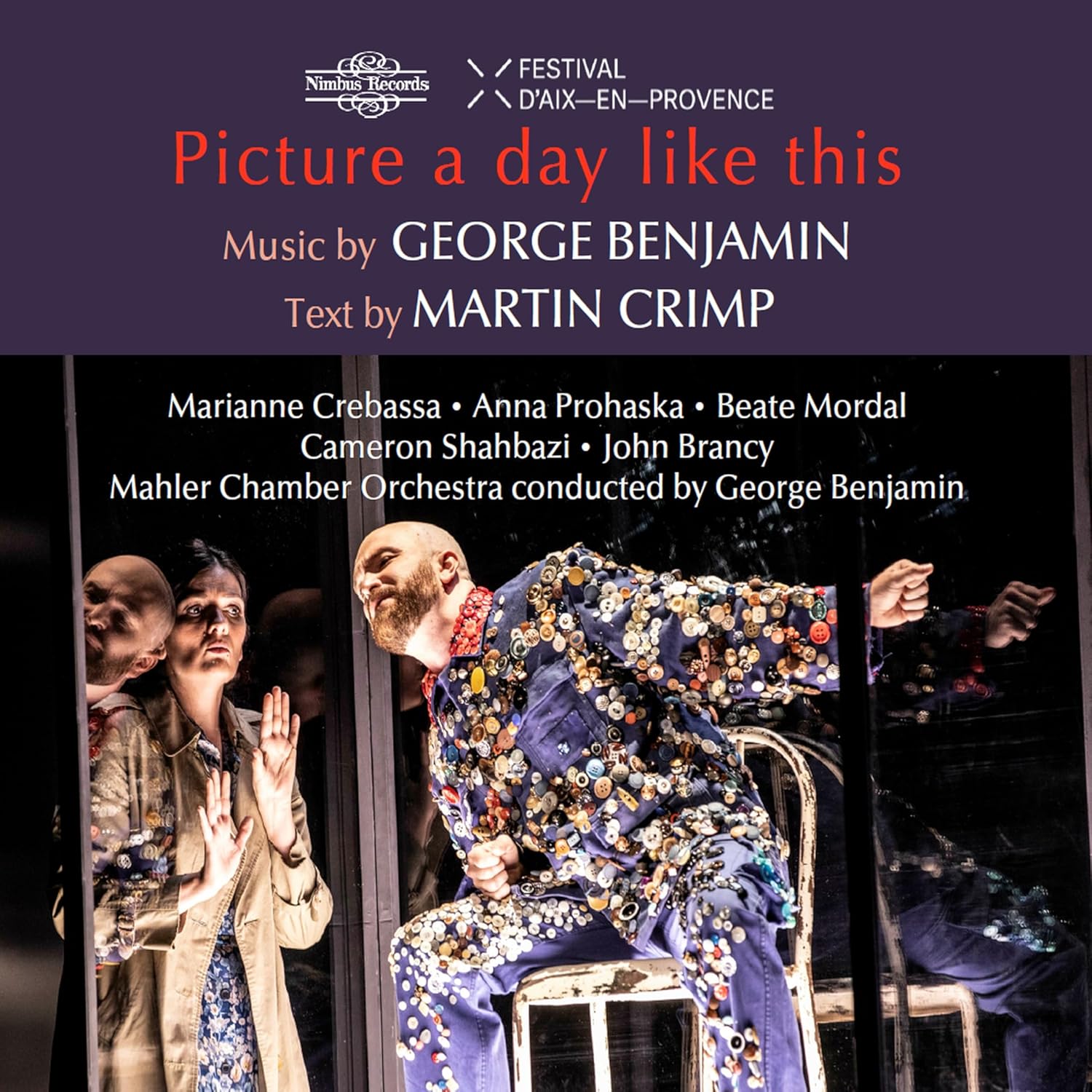
Quartets Through a Time of Change
Maurice Ravel (1875-1937)
String Quartet in F major (1903)
Louis Durey (1888-1979)
String Quartet No.1, Op.10 (1917)
Germaine Tailleferre (1892-1983)
String Quartet (1917-19)
Darius Milhaud (1892-1974)
String Quartet No.4, Op.46 (1918)
Brother Tree Sound
rec. 2022/2023, St John the Baptist, Little Missenden, UK
First Hand Records FHR174 [68]
Three of the four composers represented in this disc, which is spearheaded by the totemic Ravel Quartet, were members of Les Six. Of this trio Louis Durey is by some way the least-well known. The four quartets were composed during a compressed period of time, 1903 to 1919, and represent the composers in relative youth and at pretty much the same age when these quartets were composed – Ravel was 28 or so, Durey 29, Tailleferre, 27 and Milhaud around 26 when they wrote the quartets in this disc, though, it’s true, the fecund Milhaud had already written three previous quartets.
Durey’s Quartet No.1 – he was to write three in all – was dedicated to his fellow Les Six group member Georges Auric. Though he’s best-known these days for his songs and piano pieces, this Quartet, composed during the War, is notable for its approach to bitonality, which Durey resolves to lyricism with great skill. Sonically he ranges from drone effects to floated sound and his clear-sighted use of recycling thematic material across the movements acts as a kind of cyclical device. It’s a work of colour and rhythmic vitality and its heart is the lovely slow movement with its timbral richness and refinement. Is it my imagination or does Durey make play of ‘Pictures at an Exhibition’ in the finale before his typically languorous, Gallic B section.
Germaine Tailleferre wrote her only quartet between 1917-19 dedicating it to Artur Rubinstein. It’s a work that has received more attention than the overlooked Durey and for good reason. It’s very compact at only ten minutes but is full of surprises, the opening movement, a tautly argued one, moving with free-flowing lyricism. The Intermède is just as taut and full of crisp material with involving harmonies. Tailleferre however waits for the finale to unleash her most succulent writing, where vivid dance elements are derailed by introspective passages, and scurrying passagework abuts crunchy unisons in a fascinating melange of effects. These include martial calls in the final section which diminish in intensity in an indeterminate close.
Milhaud’s Quartet No.4 composed in Rio is almost as compressed as Tailleferre’s. Saturated in his trademark colour, it’s a work of vivacity and the use of incremental tension and subsequent release. The slow movement is the most intense. It’s marked ‘Funèbre’ and achieves a deep expressive quality before the finale banishes care with a folksy, scurrying, polytonal frolic.
The Ravel is played with a consistency that works well and the group is particularly good at those elfin moments that litter the work. Of course, it’s not the Ravel that will draw the curious but the companions, given the huge discography the Ravel has behind it.
Brother Tree Sound is a curious name for a quartet but its members are violinists Anna de Bruin and Thea Spiers, violist Peter Mallinson and cellist Julia Graham. Troubadisc has competing versions of the Milhaud (review) and Tailleferre (review) quartets though these were recorded over 30 years ago. There’s a more recent recording of the Tailleferre on Alba played by the Stenhammar Quartet (review) but so far as I’m aware there’s no disc that parallels First Hand’s imaginative selection.
With fine attentive performances and a recording and documentation to match, this is a creative disc that also pays homage to the 150th anniversary of Ravel’s birth.
Jonathan Woolf
Buying this recording via a link below generates revenue for MWI, which helps the site remain free.



















